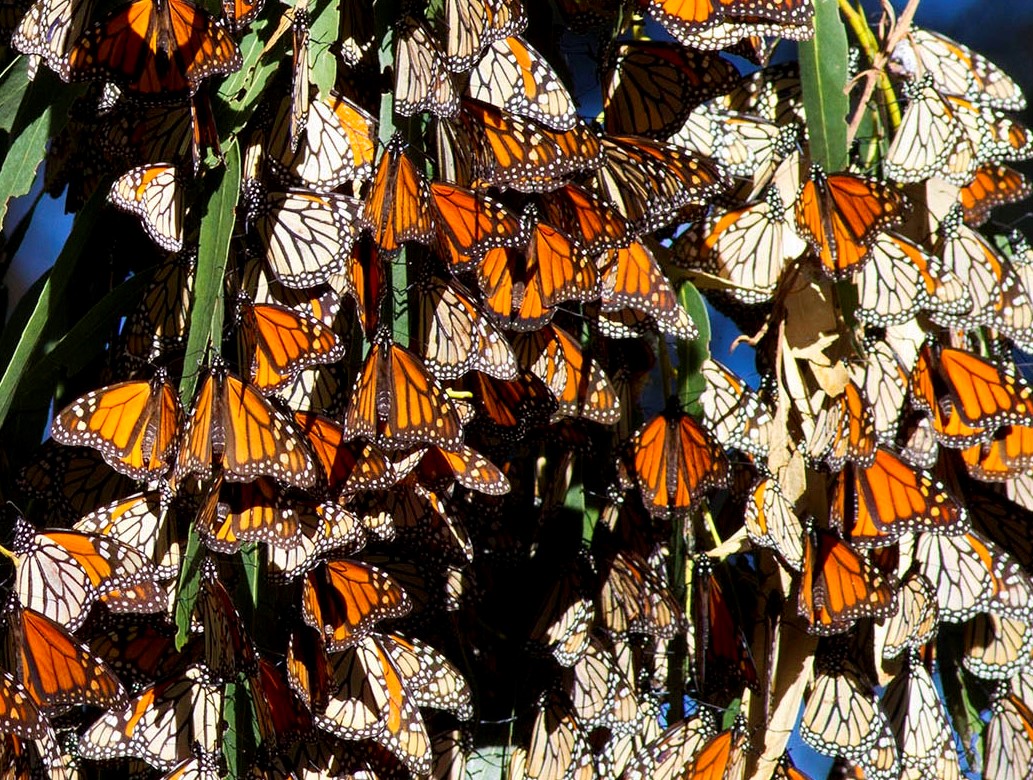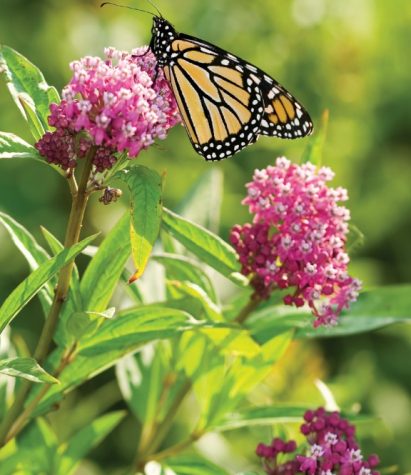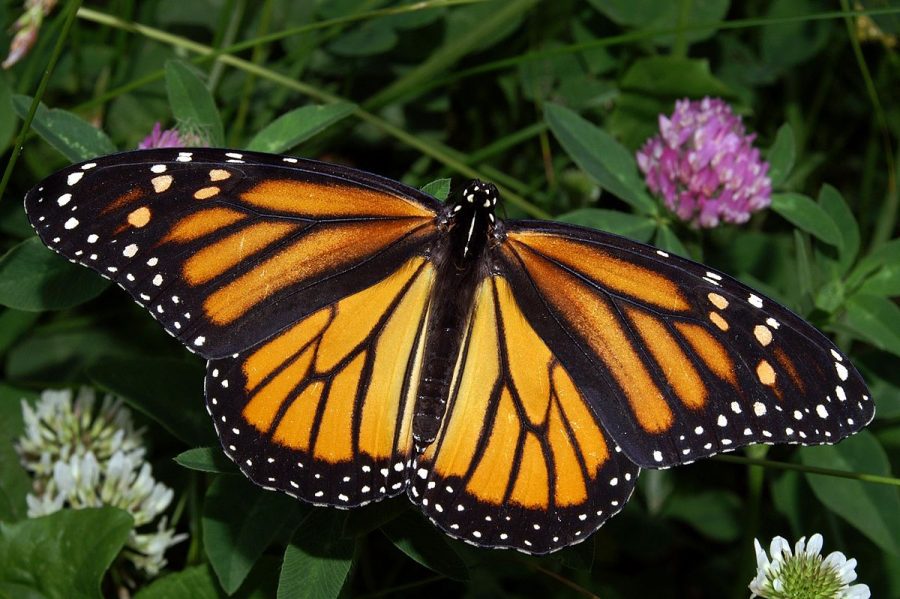How YOU Can Save the Monarch Butterflies
January 26, 2021

Every year, from October to February, thousands of monarch butterflies come to the Monarch Butterfly Grove in Pismo Beach. These beautiful creatures are being threatened by insecticides, climate change, and habitat loss. Here’s how you can help the Monarch Butterflies from the comfort of your own home!
Plant Milkweed

Monarch butterfly larvae can only eat milkweed, and it is essential to their survival. Many farmers spray herbicides to kill milkweed, which is normally a hardy, natural plant. It requires relatively no maintenance but is often removed and killed to make room for crops. The species names that butterfly larvae can eat, according to https://www.monarch-butterfly.com/, are: Asclepias angustifolia, asperula, californica, cordifolia, eriocarpa, erosa, exaltata, fasciculari, humistrata, incarnata, nivea, oenotheroide, perennis, speciosa, subulata, syriaca, tuberosa, variegata, verticillata, vestita, viridis, Calotropis gigantea, procera, Sarcostemma clausa. However, local milkweed is always best. You can order milkweed seeds online for free from https://www.saveourmonarchs.org/ and https://www.livemonarch.com/free-milkweed-seeds/.
Plant Wildflowers
Butterflies, as adults, use wildflowers as a means of food. Most of the wildflowers that monarchs use do not require much maintenance, such as red clover and alfalfa, which are safe for animals like cows and horses to eat. Monarchs rely on the nectar from these plants to survive. The types of wildflowers and similar plants that Monarchs use are: Indian Hemp, milkweed, asters, Butterfly Bush, thistles, Wild Carrot (or Queen Anne’s Lace), Teasel, coneflowers, Horseweed, Spotted Joe Pye Weed, Boneset, Dame’s Rocket, Candytuft, “Blazing Star”, Alfalfa, Goldenrod, Lilac, Red Clover, Verbena, Tall Ironweed, and Zinnia. Click each plant to learn about what it is, and how to grow it.
Don’t use pesticides!
A perfect-looking tomato or peach may be appealing, but using pesticides known as “herbicides” or “insecticides” can kill butterflies and other helpful insects. They also have potential toxicity to animals, including humans. According to Sustaining the Earth (6th ed.), well beyond 98% of sprayed insecticides and 95% of herbicides reach a destination other than what they were designed to repel and kill. This even includes non-target species, air, water, and soil. There are many natural alternatives to these harmful chemicals which can be found here.
Help the environment!
We all know that riding a bike is better for you (and the environment) than driving a car, but many of us, including myself, take the less environmentally friendly route out of convenience. This is not to say that you should stop driving since riding a bike isn’t as time-efficient. In this modern world, it is almost essential transportation. Simply consider more sustainable options, and focus on what you can do to help the environment in small ways. For a list of suggestions, click here.
Note: The views and opinions expressed elsewhere on the websites (of the links provided) do not necessarily reflect the opinions of the writer.

